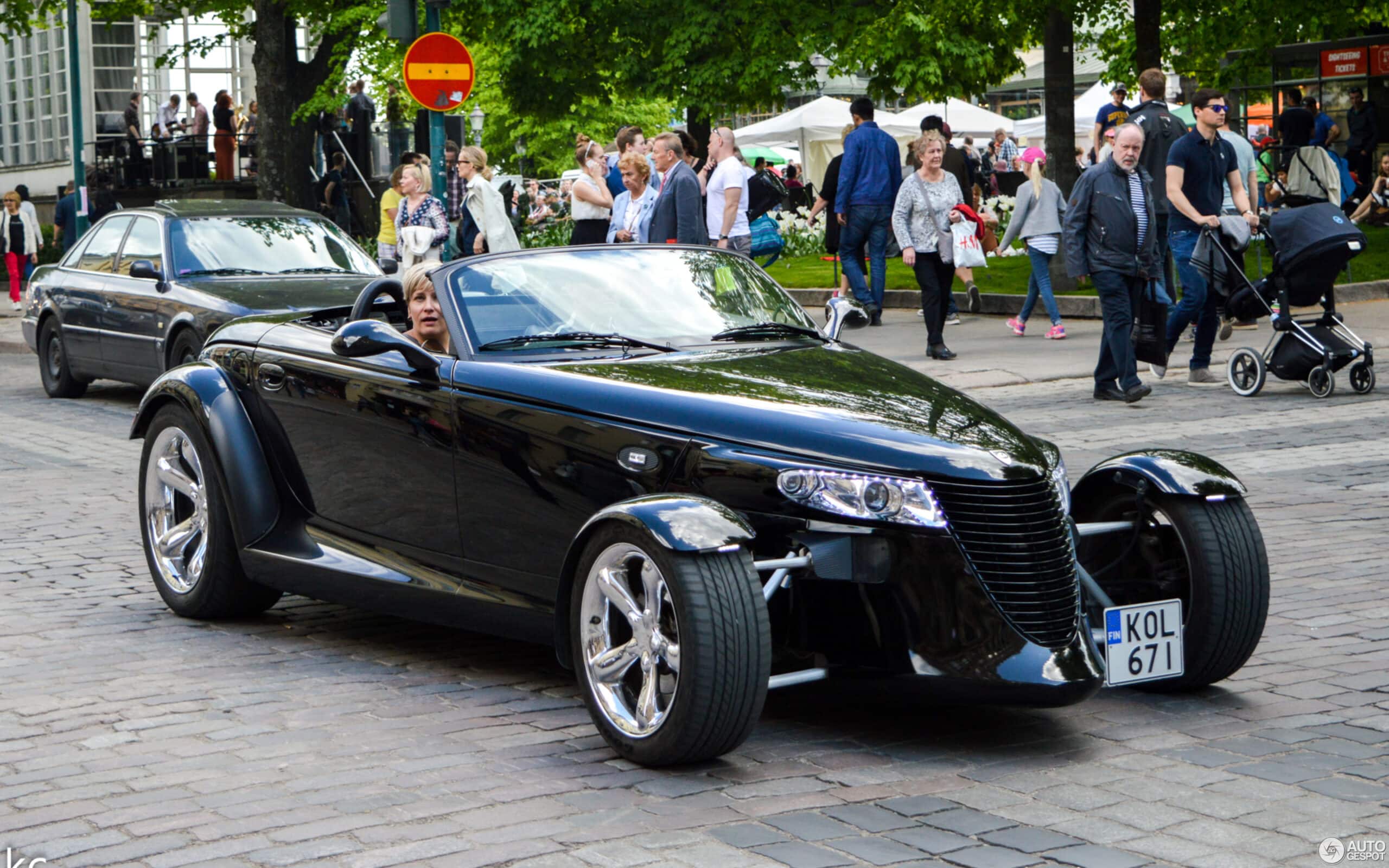The 1990s were an in-between period for the automotive industry where the design of cars and trucks was evolving. This decade was perhaps one of the most underrated when it comes to classics, as there were more than a few.
The C5 Corvette is one example of a 1990s car done right. But there were many failures as well, like the oval-shaped Ford Taurus which was relegated to rental car lots for the rest of its existence. Join us as we delve into 1990s cars that drivers are desperate to forget about.
20: Plymouth Prowler

The 1990s featured a time of retro-infused concept cars and production models such as the Volkswagen New Beetle. Chrysler was also quick to jump on this bandwagon with the hot rod-inspired Plymouth Prowler. The car was supposed to be a halo car for the Plymouth brand that would give it a new direction. Up until that point, Plymouths had just been rebadged Dodge and Chrysler models with nothing to differentiate them.

Unfortunately, that’s where the Prowler fell short because the engineers at Chrysler decided to plunk a V6 engine out of the Dodge Intrepid sedan. When you think of a hot rod, you think of noise and speed, but that wasn’t the case with the 1990s Prowler. Factor in the high price tag and the car was a 1990s novelty item that no one wanted.
